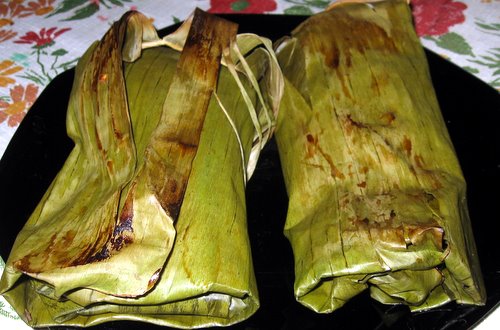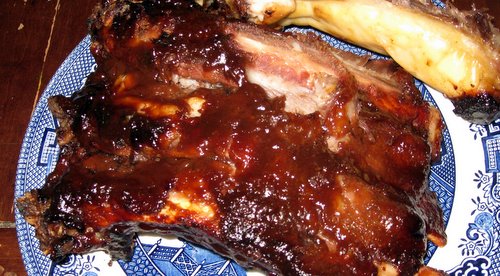- Safeway had prime rib roasts on sale before Christmas, and while I haven’t been into beef lately, I couldn’t pass it up. I’m glad I didn’t, because the roast beef was delicious. I found inspiration on several recipes online, but mine was simplified to just include butter, garlic and rosemary – because I grow a lot of the latter. I neglected to take a photo, so just picture a beautiful roast.
Ingredients
- 1 ~5lb bone-in rib roast
- 4 Tbs butter, softened or melted
- 8 garlic cloves, peeled and minced
- 1 1/2 Tbsp rosemary leaves, chopped
- generous kosher salt
- pepper to taste
Instructions
Remove roast from fridge about an hour before you want to cook it. Remove packaging and pat dry.
Preheat oven to 500F
Mix the softened/melted butter with the garlic, rosemary, kosher salt and ground pepper.
Brush in the butter over all sides of the roast. Set on a roasting pan bone-side down. Place in the oven and roast for 15 minutes. Turn temperature down to 325F and continue roasting for about 15 minutes per pound (so 1 1/4 hrs for a 5 lb roast) for medium rare. Remove, tent with aluminum foil or cover with cloth towels and rest for at least 15 minutes.

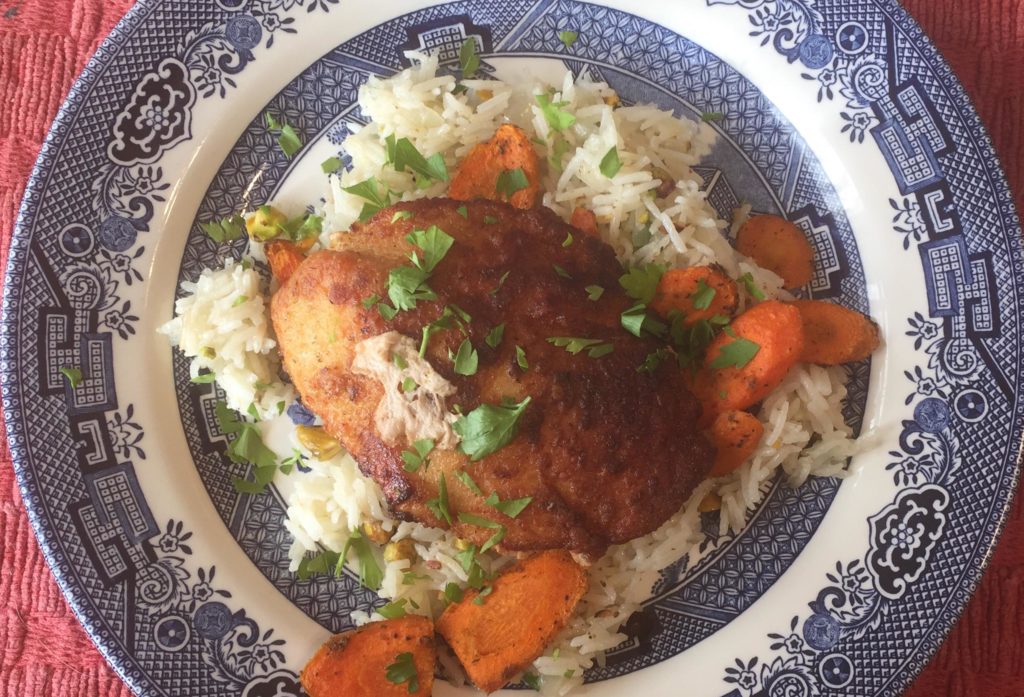
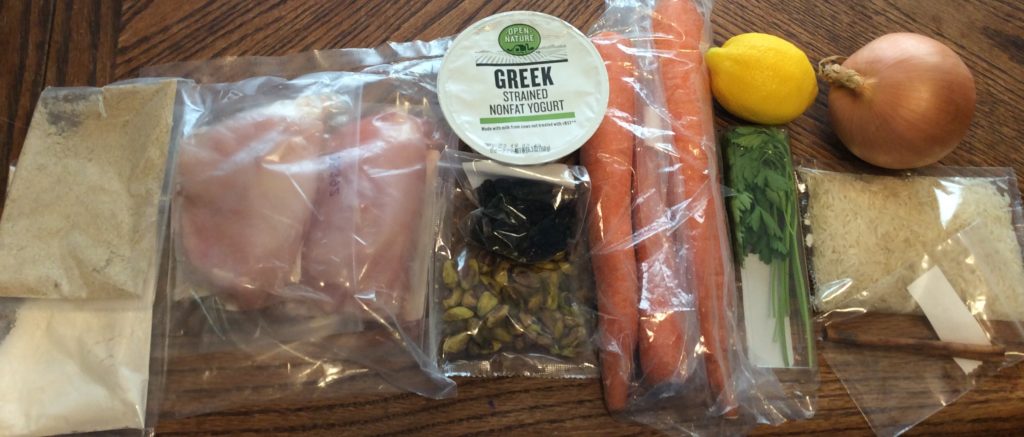
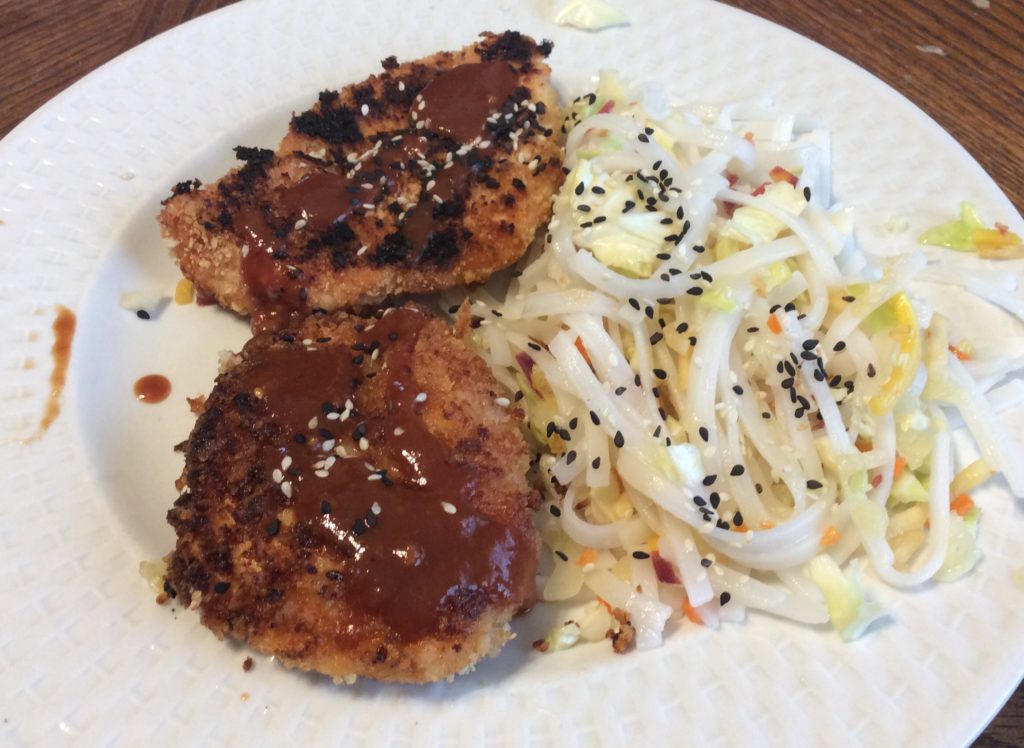
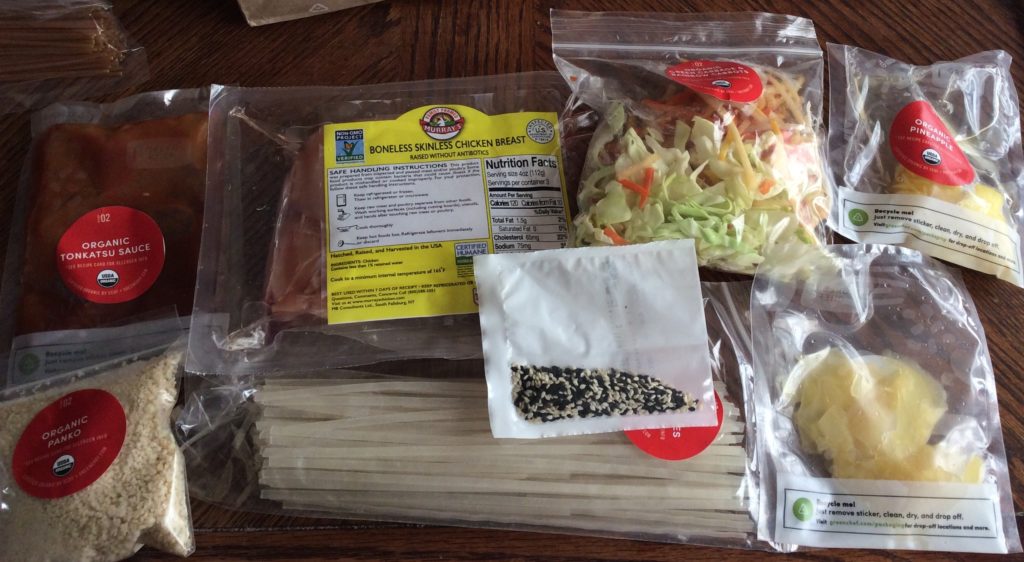
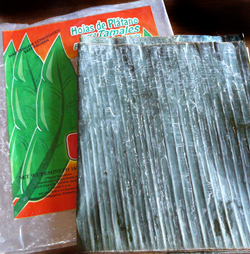 Yesterday I made a dish that required cooking in banana leaves, so I looked up exactly how to do it. It was fairly easy.
Yesterday I made a dish that required cooking in banana leaves, so I looked up exactly how to do it. It was fairly easy.